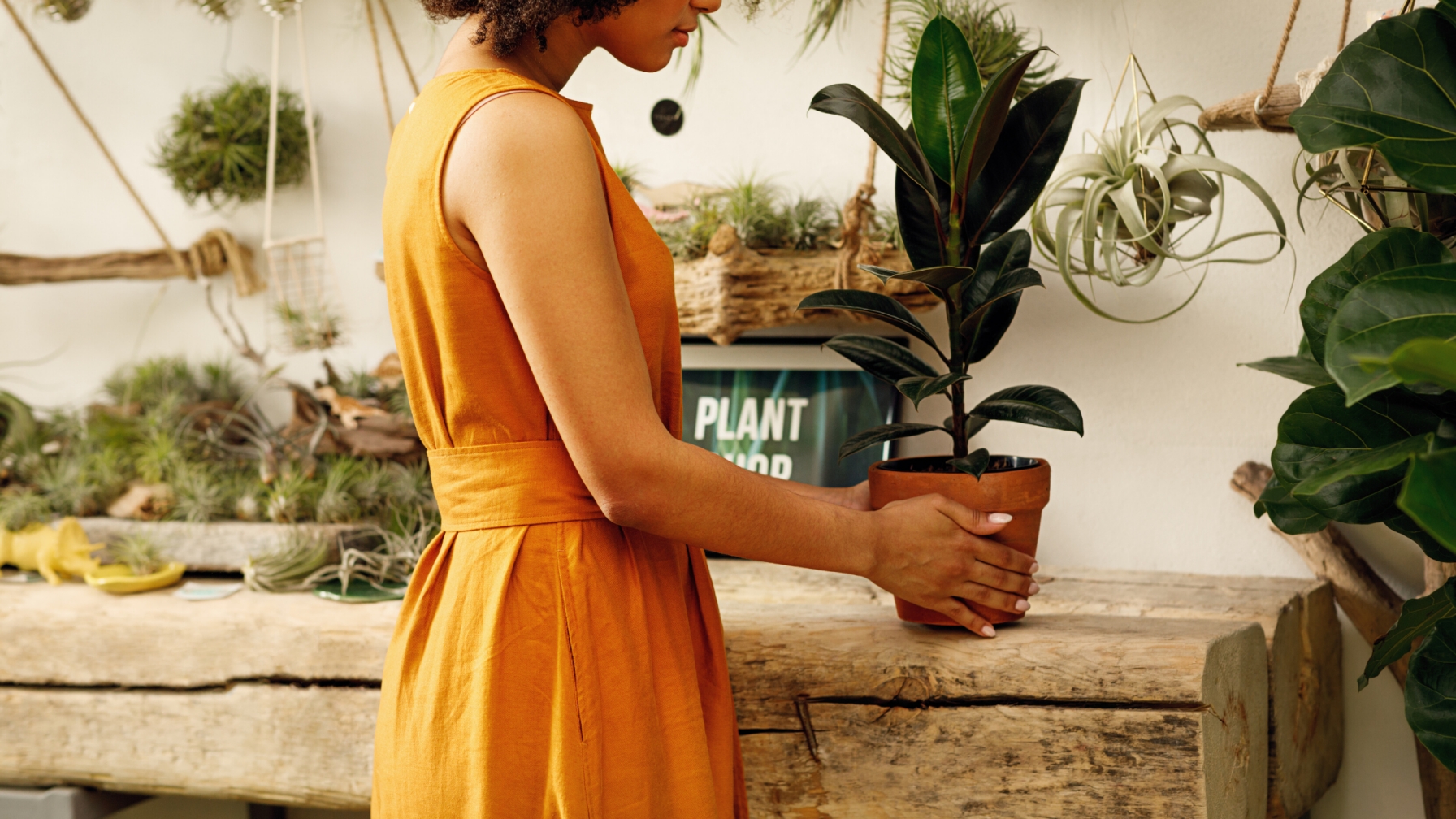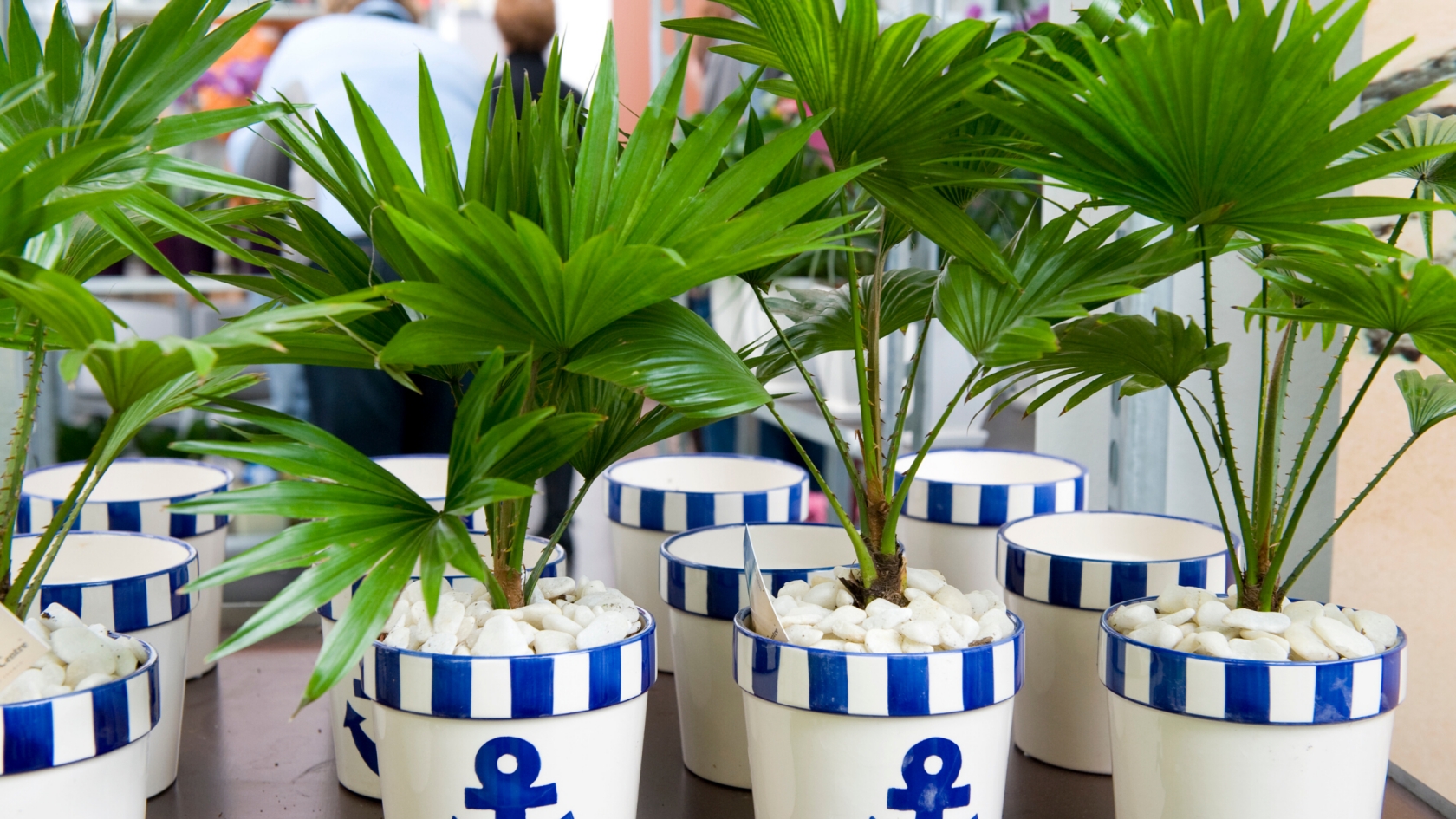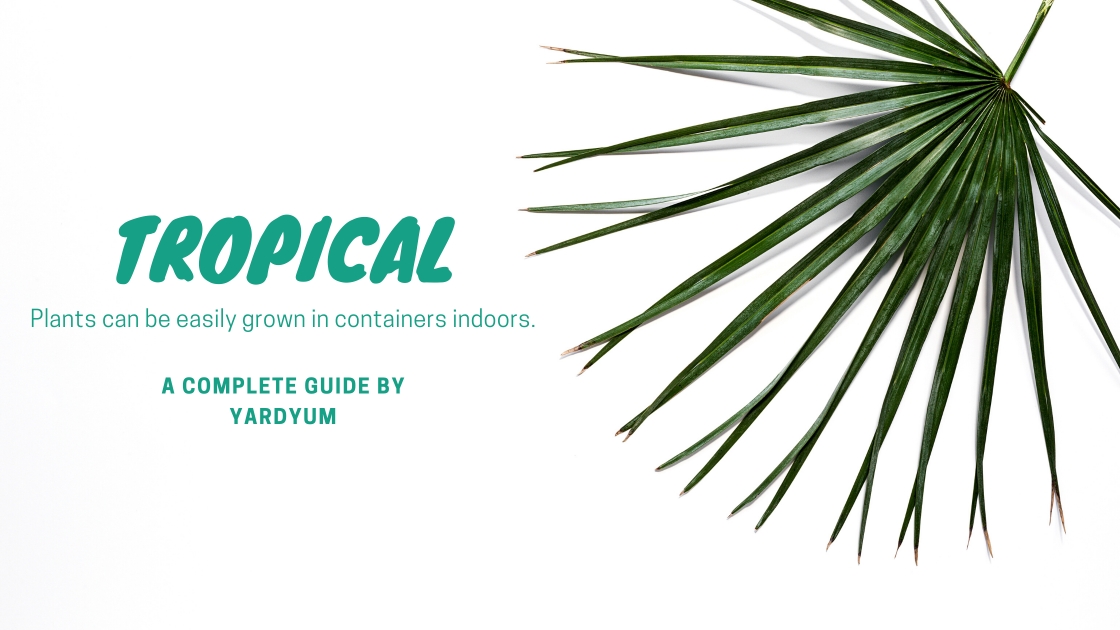Tropical plants offer us all a great option for creating a bright and airy living space, when grown in pots that can be moved indoors and out. When grown in containers, there are a few different considerations that need to be looked into by any gardener who believes they are moving forward with their tropical plant arrangement. Whether you are looking to grow your tropical plants indoors or outside, the use of containers can make all the difference to your tropical plants and whether they are healthy or not.
Why choose containers?
This is one of the most important decisions you will make when you are looking for a different way of growing tropical plants and want to make sure you reach your growth goals. Containers offer the chance to easily protect your tropical plants from the dangers of the winter months, with most of these plants not surviving when temperatures fall below 55. Whether you are looking to grow elephant ear plants or another tropical you can create an indoor tropical oasis by using containers.
Growing tropical plants in containers

You will usually want to start with a few tips on how to grow your chosen tropical plant. Go online and find a good, detailed article that’s specific to your plant of choice like this guide to elephant ear care by Fertilizer for Less. The more specific details you have on growing conditions, the better you’ll be able to create the correct environment they need to thrive. When you are ready to plant your elephant ear plant or other tropical species in a container from their nursery pot, you should look for one that limits the amount of replanting that needs to be done. Tropical plants do not tend to respond well to frequent transplants, so plan for growth!
The Initial Transplant
If you just got your plants through the mail or at a local nursery, you’ll probably need to transplant them soon so they don’t get root-bound to the container. Moving out of the nursery pot is important and is usually completed with your immature plant shifting to a container at least 36 inches in diameter. This will limit the amount of replanting that needs to be done, although an elephant ear can be split by breaking apart the roots with at least one green shoot for each container. That’s a pro tip to remember if you ever want a few more of these around the house!
Types of containers

Decorative containers are one of the most popular options for container growth, but the porous nature of decorative clay and stone pots does not always make them the best option for your wooden furniture! Plastic containers are often used by gardeners and hidden within a decorative container covering the plastic. This is because plastic does not dry out the soil as quickly as clay and other more porous materials, while also providing better protection against staining furniture surfaces.
Soil choices
Tropical plants can often be difficult to grow for many people because they do not choose the correct soil to give their new tropical a good chance of success. Introducing fertilizer is a great option, but the type of fertilizer used in the soil is important with a lower level of phosphorus being the best option for tropical plants.
Light & heat
Whether you are growing an elephant ear, Ficus or another tropical plant, you will usually find yourself looking for the perfect spot to leave your container. If being stored outdoors, it is preferable to place tropical plants in a position out of the full sun that also provides some shelter from the worst of the freezing conditions and rain. You should be bringing them in during cold weather of course, but having them sheltered will help protect them in case you forget.
Watering should be monitored
One of the most difficult times for any gardener is choosing whether they water their plants or not. In general, a container allows some moisture to remain beneath the surface, and so the problem of root rot can sneak up on beginner gardeners. Be sure to check new plants daily to make sure the containers are not retaining too much moisture. With these plastic containers, one of the most commonly seen problems is overwatering. So be very careful with new plants and learn the right watering intervals to keep them at optimal health.
